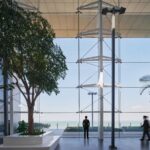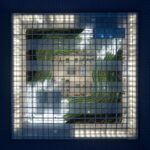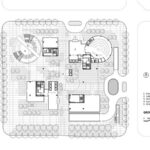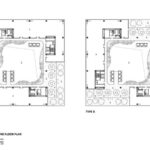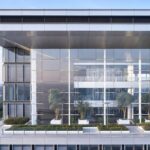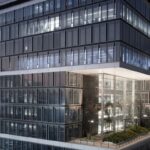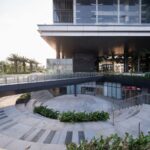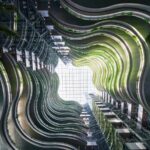Sustainable Architecture: Hainan Energy Trading Building
The Hainan Energy Trading Building, located in Jiangdong New District, Haikou, China, is a testament to sustainable architecture and innovative design. Designed by KRIS YAO | ARTECH, this institutional building embodies green energy initiatives while reflecting the modern aspirations of the emerging district.
Design Concept
The building, owned by the Yankuang Group, is characterized by its floating box design above a landscaped ground floor. An impressive central courtyard welcomes visitors into the atrium, creating a harmonious blend of rigid lines and soft sky gardens. This juxtaposition mirrors the district’s aim of integrating site conditions with cutting-edge technology.
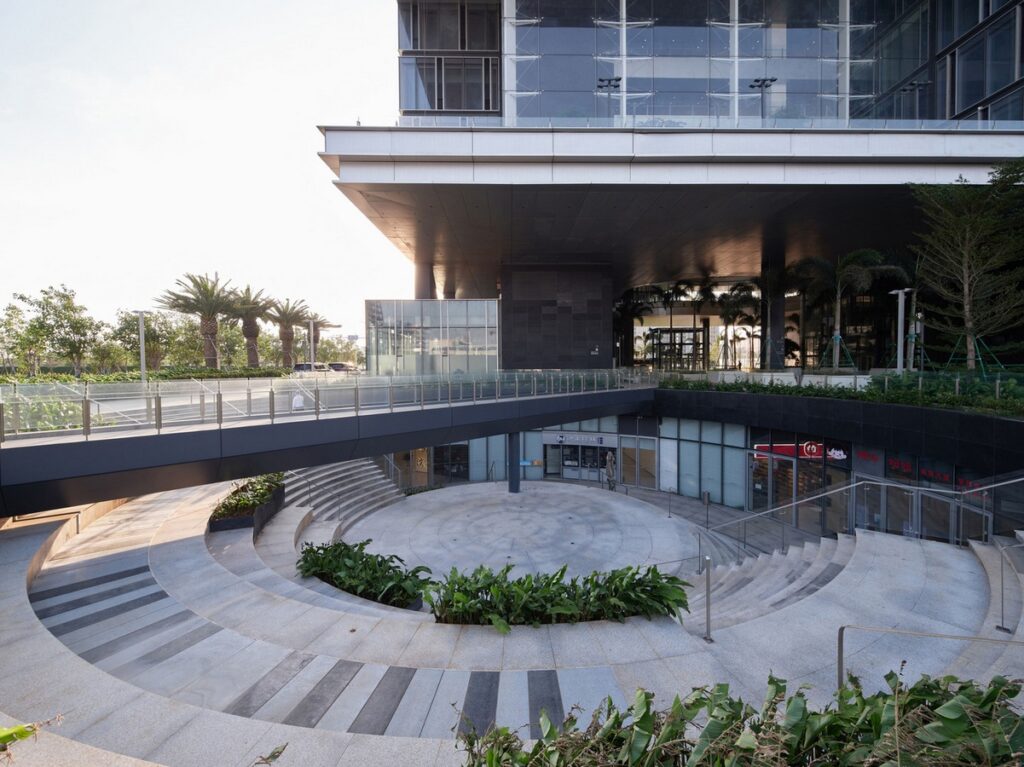
Sustainability Features
The sustainable design of the Hainan Energy Trading Building aligns with Yankuang Group’s green-energy initiatives. Sky gardens punctuate the exterior, occurring every four floors and rotating 90 degrees each time, maximizing greenery and providing employees with a tranquil environment. The courtyard enhances the microclimate through effective shading and stack ventilation strategies, ensuring thermal comfort for occupants.
Energy-Efficient Façade
A standout feature is the energy-efficient double skin façade design with high-transparent glass. This design optimizes daylighting, reducing the need for artificial lighting. Electric louvers between the glass layers adjust automatically, enhancing indoor comfort and minimizing the use of air-conditioning systems.
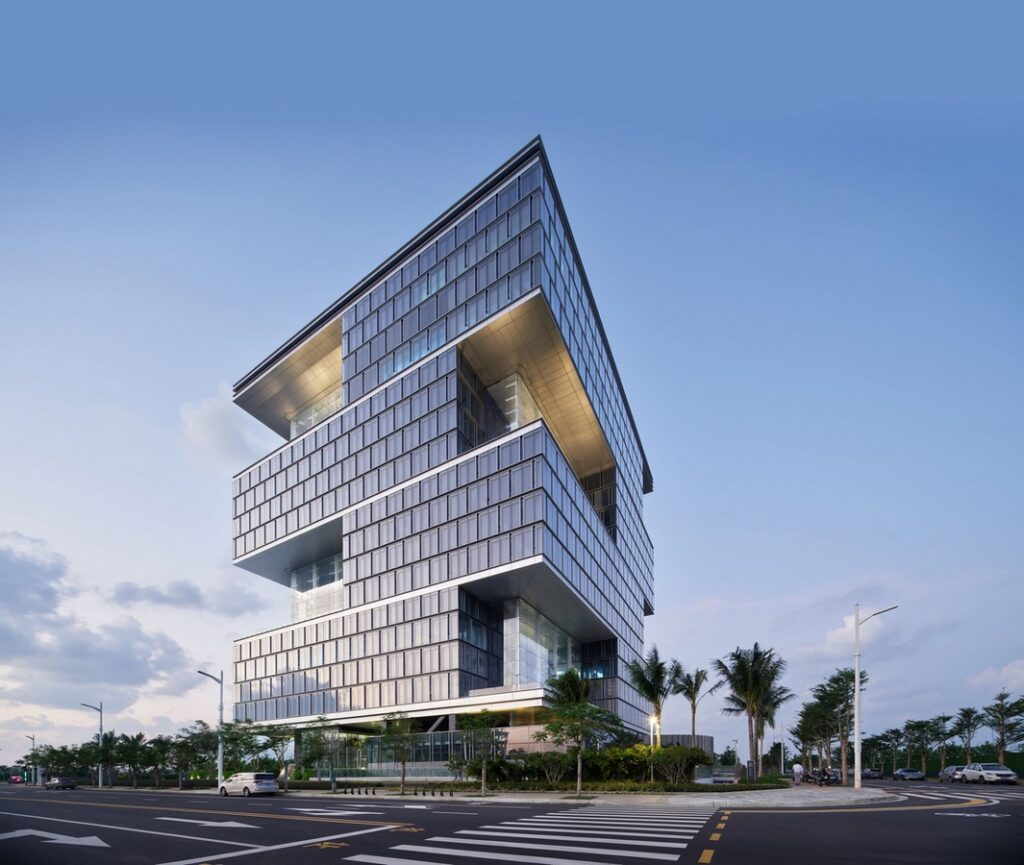
Sustainable Design Strategies
The slanted roof and offset facade provide ample natural light while shading corridors and atriums, preventing overheating in the warm climate. The roof design, inspired by traditional Jiangnan homes, symbolizes the flow of good fortune into the company.
Conclusion
The Hainan Energy Trading Building exemplifies sustainable architecture through its innovative design and green-energy initiatives. By integrating nature, efficient ventilation, and intelligent lighting systems, this building sets a new standard for green architecture, offering a glimpse into the future of sustainable institutional buildings.

